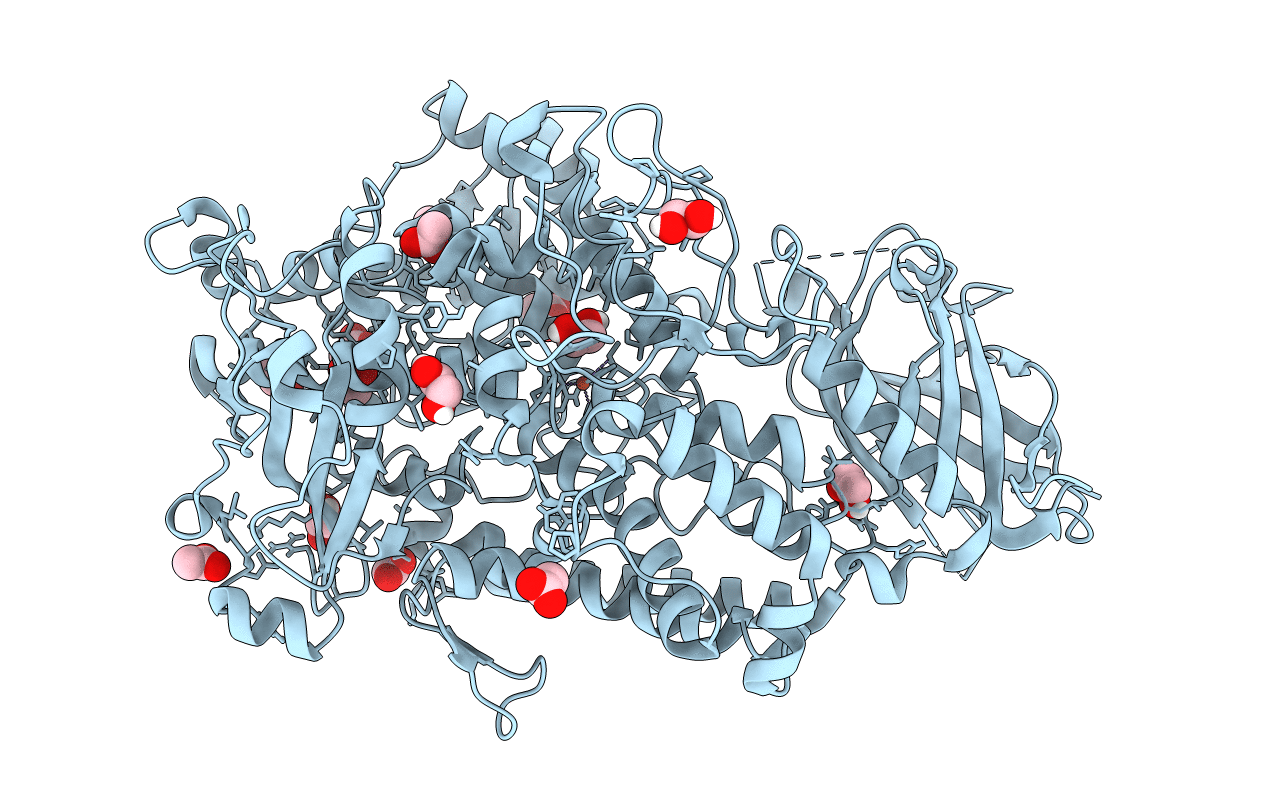
Deposition Date
2014-09-21
Release Date
2014-11-12
Last Version Date
2023-09-27
Method Details:
Experimental Method:
Resolution:
1.70 Å
R-Value Free:
0.17
R-Value Work:
0.13
R-Value Observed:
0.13
Space Group:
P 1 21 1


